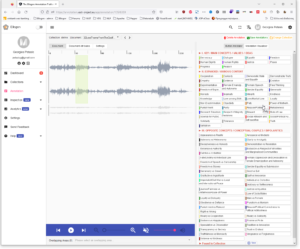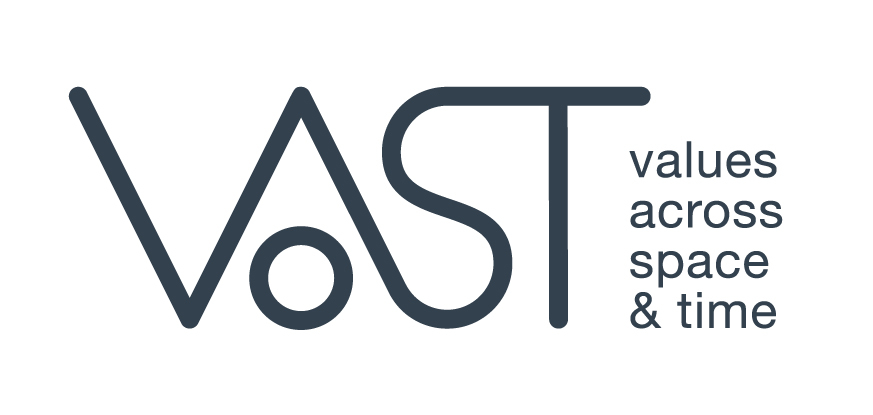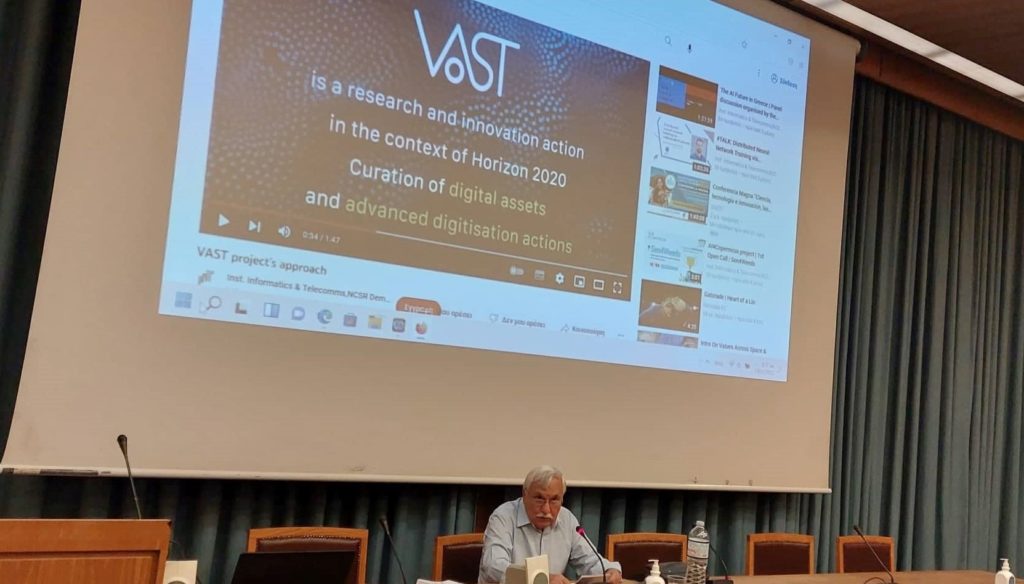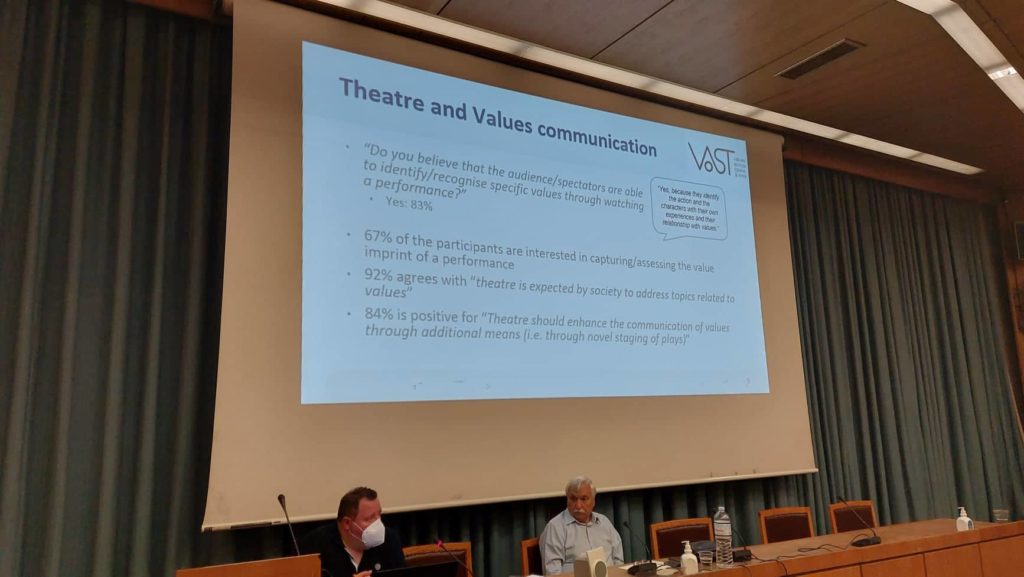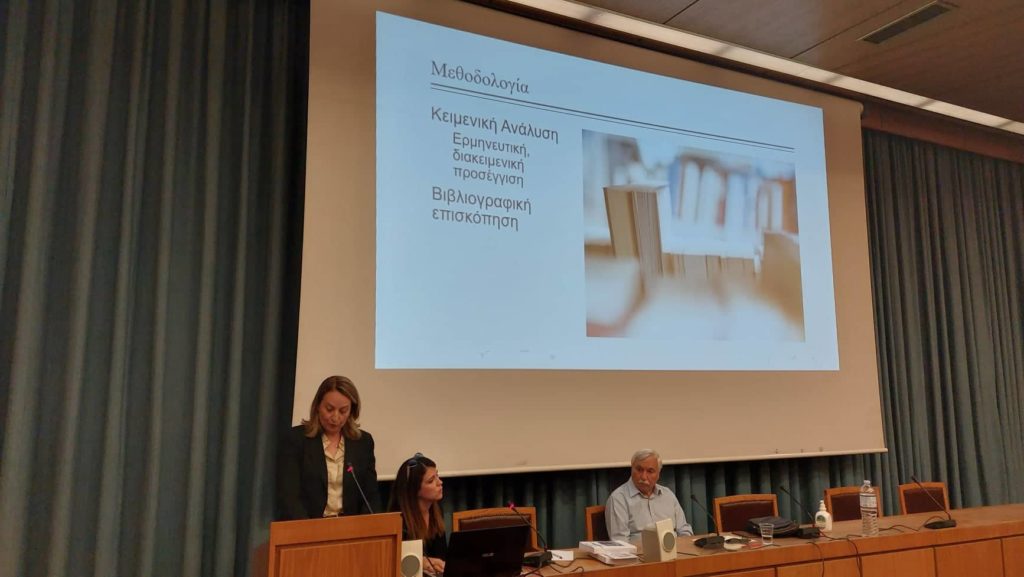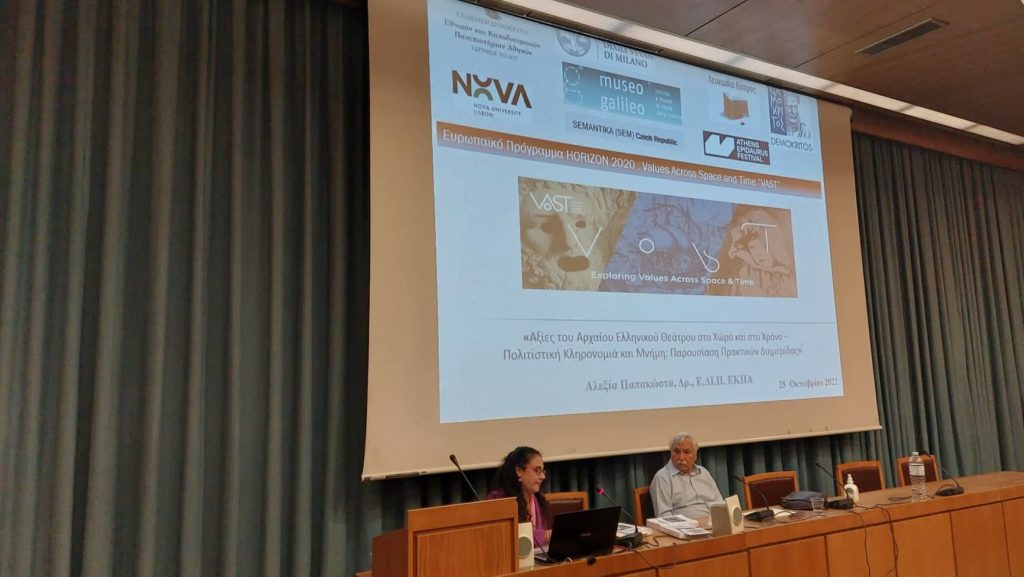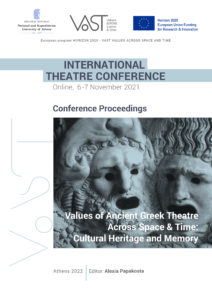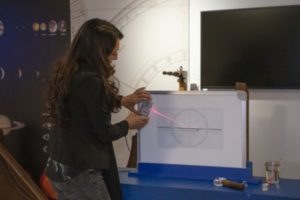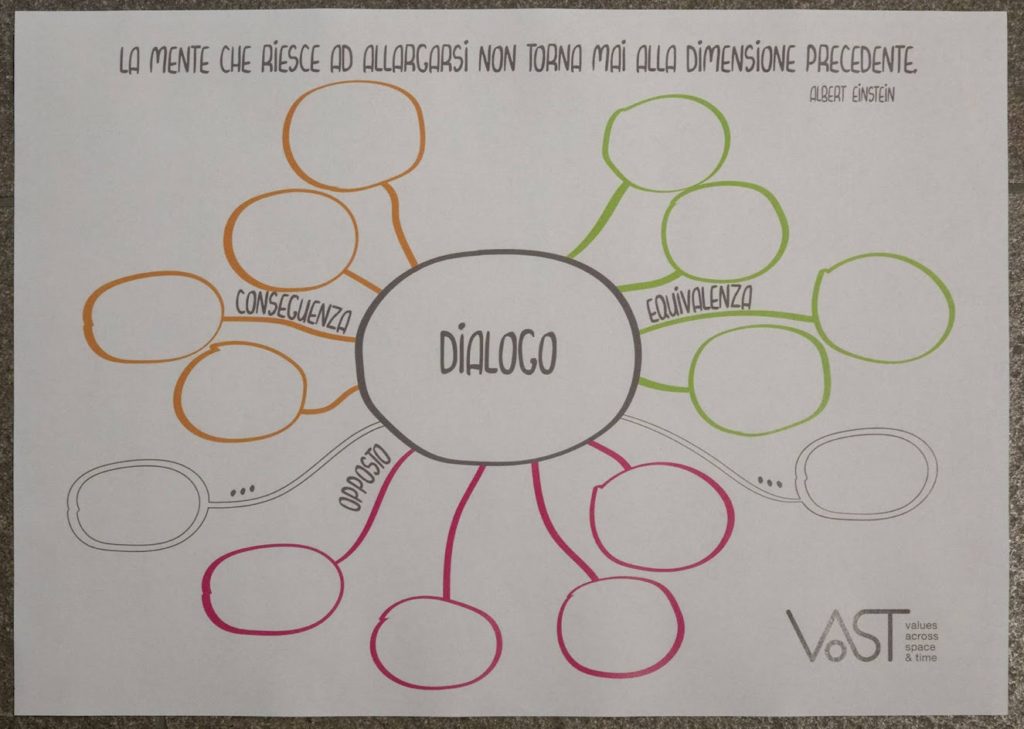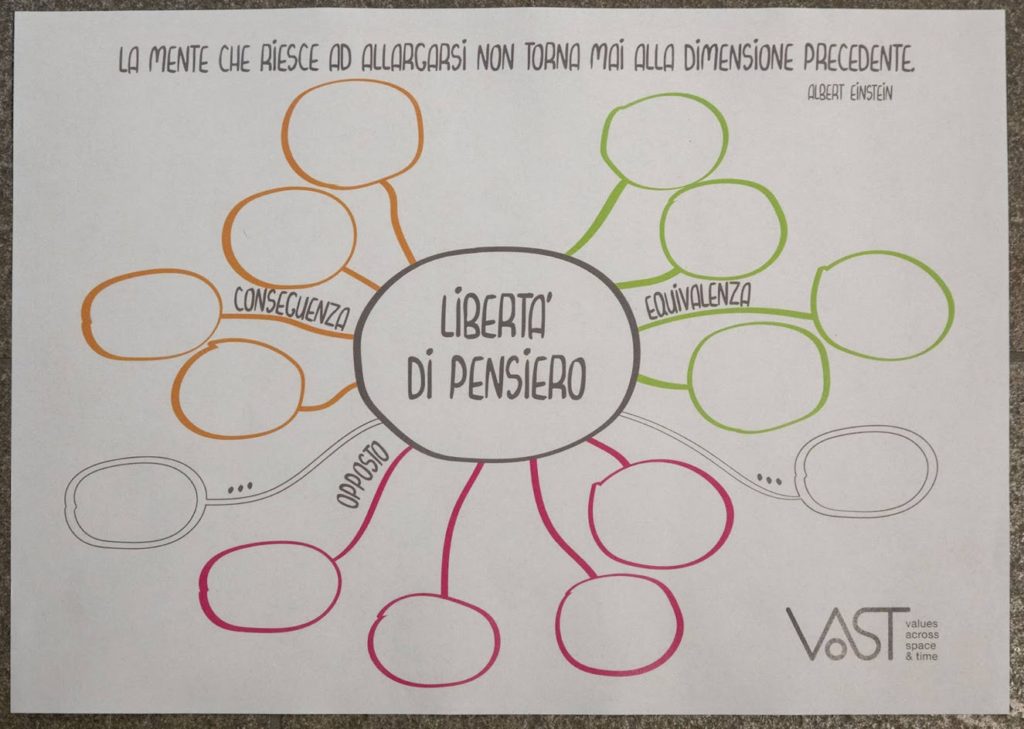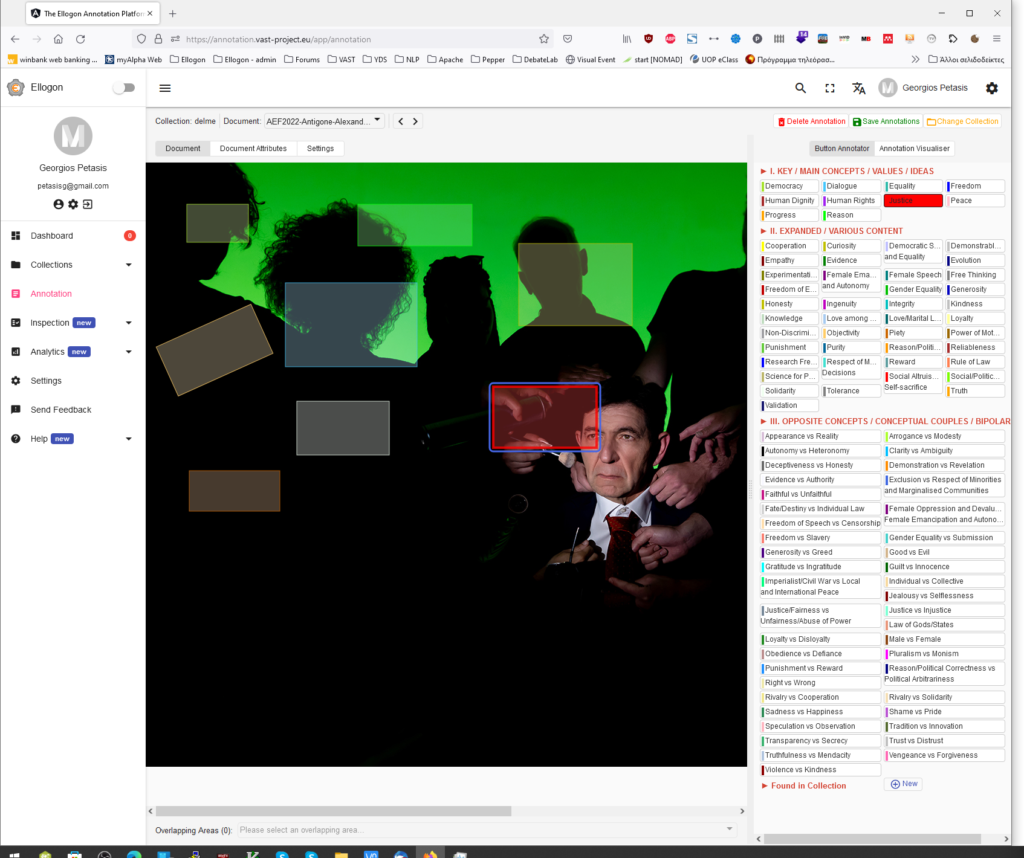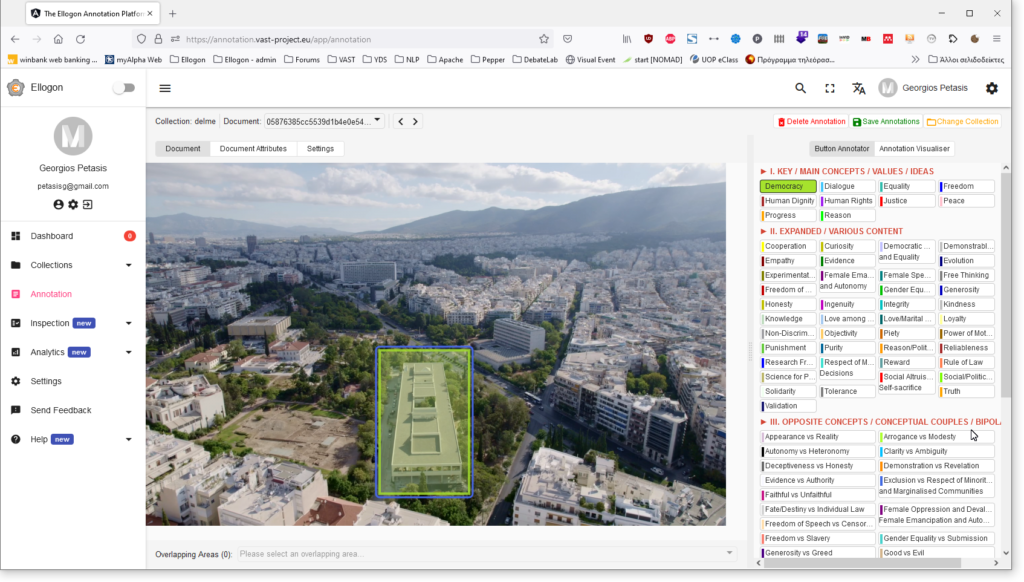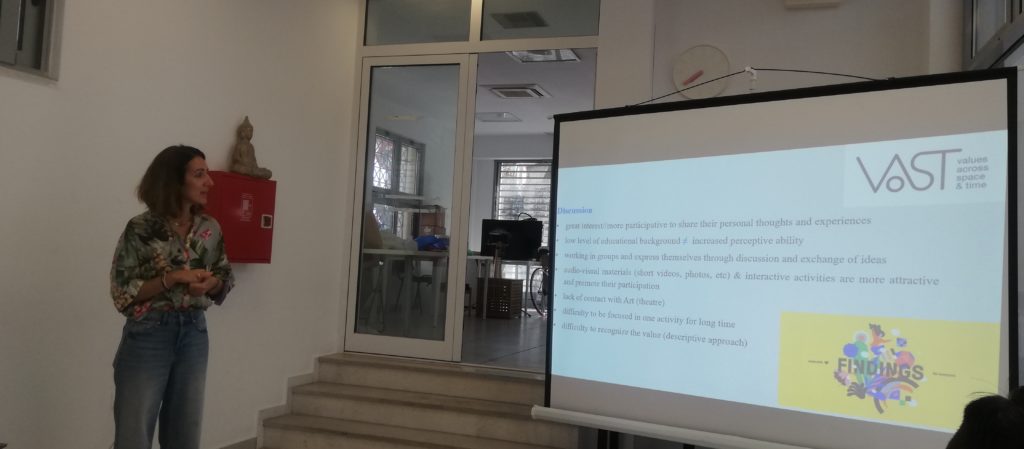VAST partner Museo Galileo (IMSS) is scheduling a series of co-creation activities, addressed to students in Italy, aiming to trace the transformation of values found in 17th-century documents over the centuries and to evaluate the Museum’s role in the perception and interpretation of values. In October 2022, Museo Galileo started implementing the following activities with schools:
Fantastic creatures in unknown lands
This activity starts with descriptions of unknown or imaginary populations, and by observing sea monsters and fantastic animals, children are guided to the discovery of the creatures hidden in the cartographic representations. Talking about the difficulties and challenges of travelers in the past while discovering new worlds and interpreting new social and natural realities will open a dialogue regarding the value of tolerance among different living beings and its importance in everyday life.
More about the activity on Museum Galileo’s website: https://www.museogalileo.it/it/museo/impara/il-museo-per-la-scuola/2329-creature-fantastiche-in-terre-sconosciute.html
From Telescope to Microscope: useful and entertaining Science
The activity aims to display the link between the “infinitely large world” and the “infinitely small world” revealed by Galileo’s telescope and the compound microscope that followed. Through this activity, children will understand the evolution of the microscope and the importance of those discoveries for today’s science.
More about the activity on Museum Galileo’s website: https://www.museogalileo.it/it/museo/impara/il-museo-per-la-scuola/2331-dal-telescopio-al-microscopio-la-scienza-utile-e-d-intrattenimento.html
Geographical discoveries, astronomical achievements, and the new representation of the world
The activity aims to raise awareness regarding the evolution of terrestrial cartographic representation focusing on the geographical and astronomical discoveries that changed the image of the world. Special attention will be paid to astronomical and nautical instruments used during ocean travels and the new celestial word that was revealed by Galileo’s telescope.
More about the activity on Museum Galileo’s website: https://www.museogalileo.it/it/museo/impara/il-museo-per-la-scuola/2330-scoperte-geografiche-conquiste-astronomiche-e-la-nuova-rappresentazione-del-mondo.html
Galileo, Bacon and Kepler: “Travelling in Science” between reality and imagination
Galileo’s telescope brought people’s perception nearer to the vast celestial image, narrowing the gap with those who believed that celestial space had nothing more to reveal. Galileo’s virtual travel became a reality. The activity aims to motivate students to reflect on the value of collaboration and knowledge sharing, starting with those characters who were among the most important protagonists of the period of the scientific revolution.
More about the activity on Museum Galileo’s website: https://www.museogalileo.it/it/museo/impara/il-museo-per-la-scuola/2332-galileo-bacone-e-keplero-viaggio-nella-scienza-tra-realta-e-immaginazione.html
